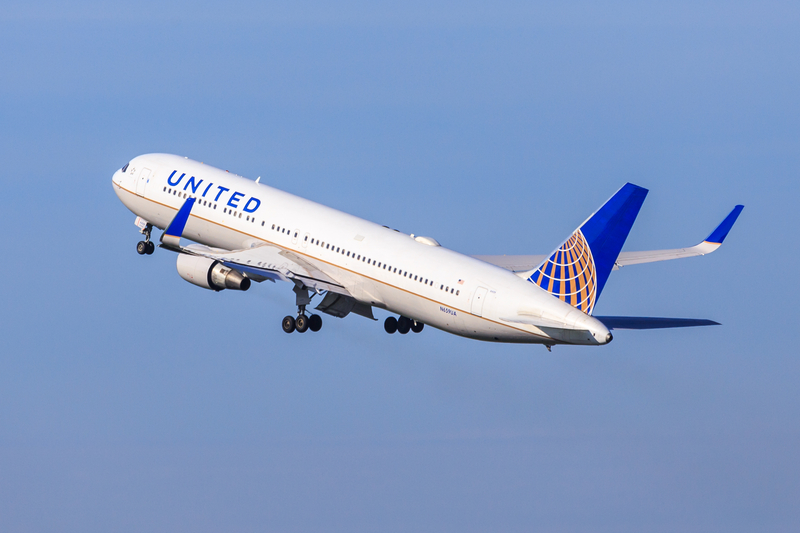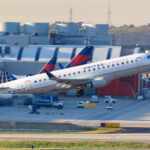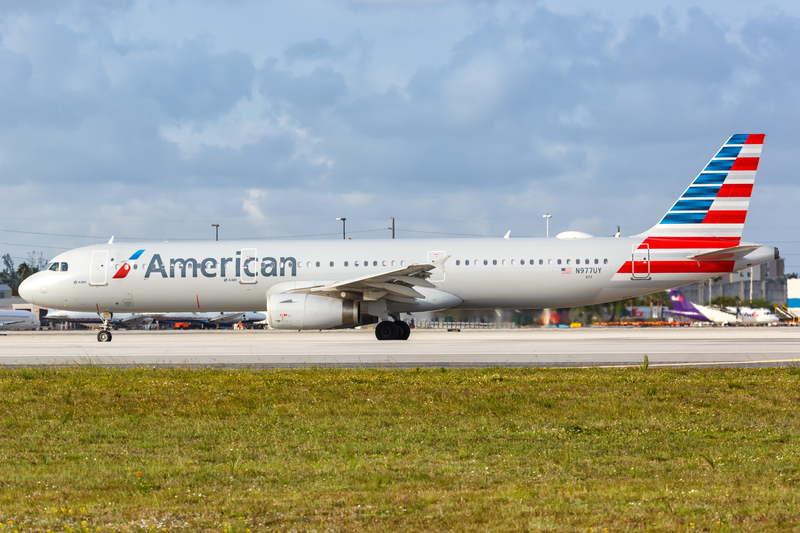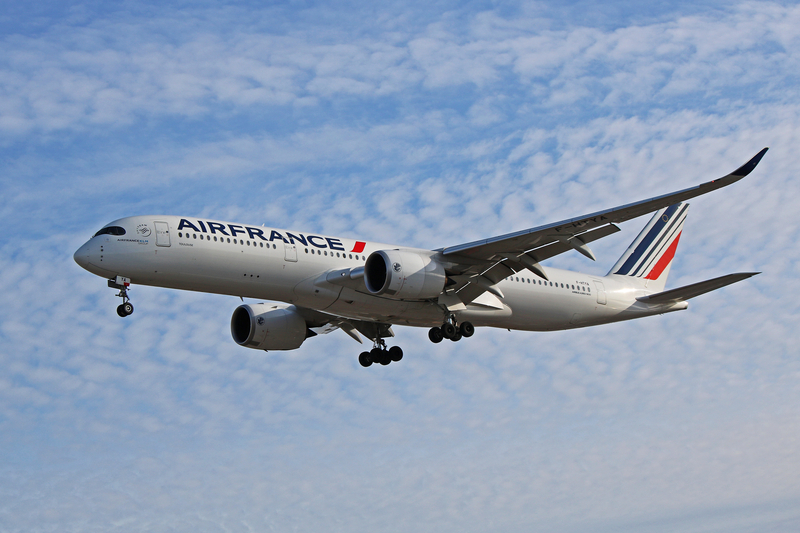United Boeing 767 Diverts After Laptop Slips Into Business Class Seat
On 19 November 2025, United Airlines Flight UA925, operated by a Boeing 767 from London Heathrow (LHR) to Washington Dulles (IAD), diverted to Dublin Airport (DUB) after a passenger’s laptop became trapped in a business class seat.
According to operational messages shared with media, the laptop slipped into the narrow gap between the armrest and the cabin sidewall, leaving the crew unable to see or reach it. With the device lodged out of sight and inaccessible, the crew treated the situation as a potential safety risk and chose to divert.
The aircraft landed safely in Dublin, where maintenance teams boarded, retrieved the laptop, and inspected both the device and surrounding seat structure. After checks were completed and the situation was confirmed safe, the flight departed again later that night and arrived in Washington roughly five hours behind schedule.
United confirmed the diversion was made as a precaution to retrieve the passenger’s laptop and ensure there was no danger to passengers or crew.
Why A Trapped Laptop Is A Serious Safety Risk
The concern was not the laptop itself, but its lithium-ion battery. These batteries power most modern portable electronics, including laptops, tablets, phones, and power banks. If a lithium-ion battery is:
-
Crushed
-
Bent or punctured
-
Overheated
-
Subject to prolonged pressure
it can enter thermal runaway—a chain reaction where the battery rapidly overheats, potentially releasing smoke, toxic fumes, or even starting a fire.
When a device disappears into a seat mechanism or cabin structure, crew members:
-
Cannot visually monitor the device
-
Risk damaging or crushing it by moving the seat
-
Have limited access to apply fire-fighting equipment if something goes wrong
With UA925 already over the North Atlantic on a long-haul sector, the crew’s decision to divert rather than continue overwater aligns with airlines’ increasingly cautious approach to any battery whose condition can’t be verified.
Similar Recent Incidents Involving Laptops & Batteries
This was not an isolated event. Similar incidents have occurred in recent weeks:
-
In mid-October 2025, another United Boeing 767 operating Flight UA126 from Washington Dulles to Rome returned to Dulles after a passenger’s powered-on laptop slipped through a gap in the cabin sidewall and into a lower fuselage or cargo area. The crew again could not see or access the device, and opted to return and have maintenance recover it before crossing the ocean.
-
Around the same time, on a SAS Airbus A320neo in Oslo, a battery inside a passenger’s bag suffered thermal runaway during boarding, setting the bag on fire and emitting toxic fumes. Eight people were taken to hospital as a precaution. Cabin crew extinguished the fire, but the event highlighted how quickly a small battery can become a serious safety issue.
Taken together, these cases show that seemingly minor mishaps—a dropped laptop or a battery in a bag—can have major operational consequences if there’s any doubt about the battery’s integrity.
Growing Focus On Lithium-Ion Safety In The Cabin
Airlines and regulators are increasingly focused on reducing the risks posed by portable electronic devices:
-
Crew procedures tightened – Airlines train crew not to aggressively move or force seat mechanisms if a device is lost in them, and to treat inaccessible electronics as a potential fire hazard.
-
Cabin & seat design under review – Manufacturers and airlines are examining ways to reduce gaps where phones and laptops can disappear, especially in complex business-class seats.
-
More robust fire-fighting training – Cabin crews receive dedicated training in handling smoke, fumes, and battery fires, including use of halon extinguishers, water, and containment bags.
-
Passenger guidance emphasized – Safety briefings and cabin announcements are increasingly reminding passengers to call crew immediately if a device is lost or overheating, and not to reach into tight spaces themselves.
For long-haul flights, especially over oceans where diversion options are limited, airlines tend to err heavily on the side of caution. A diversion is costly and disruptive, but still preferable to the risk of a hidden battery overheating in flight.
What Passengers Should Do If A Device Gets Stuck Or Overheats
To reduce the risk of similar incidents, passengers are encouraged to:
-
Avoid placing devices in tight gaps – Keep laptops and phones away from seat edges, hinges, and mechanisms.
-
Use stable surfaces during takeoff and landing – Stow laptops securely rather than balancing them on armrests or loose cushions.
-
Never move seats forcefully to “fish out” a device – If a device slips into a gap, do not adjust or slam the seat to retrieve it.
-
Inform cabin crew immediately – Let crew know if a device becomes stuck, starts to smell odd, feels unusually hot, or emits smoke.
-
Follow crew instructions – They will decide whether to leave the device where it is, isolate the area, or, in extreme cases, divert the aircraft.
Bottom Line
United Flight UA925’s diversion to Dublin after a laptop slipped into a business-class seat is another reminder of how small cabin mishaps involving lithium-ion batteries can trigger major operational decisions. With rising numbers of personal devices onboard and complex seat designs that create narrow gaps, airlines are taking no chances: if crews can’t see or reach a trapped device, especially on long overwater flights, a diversion is increasingly the safest call.






